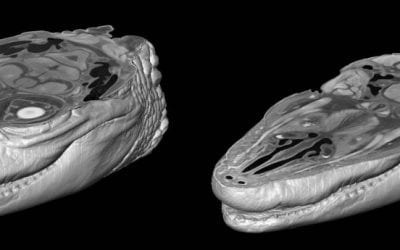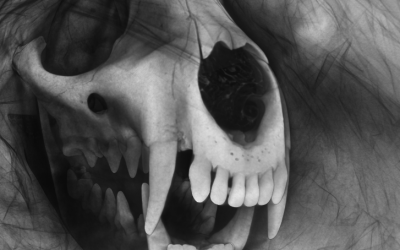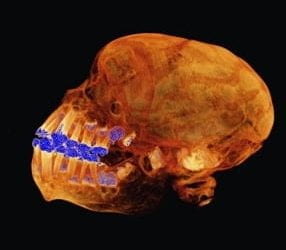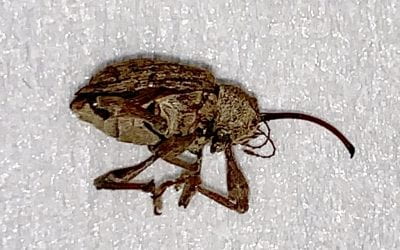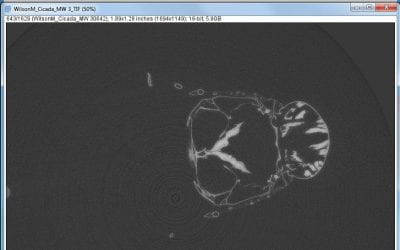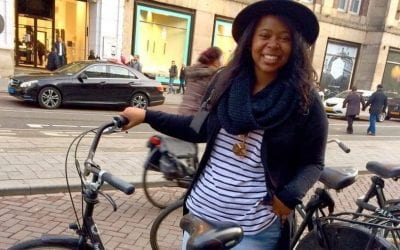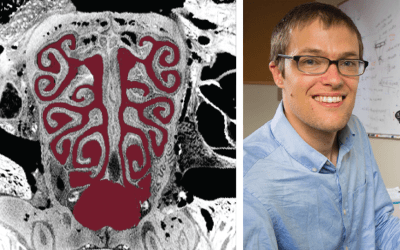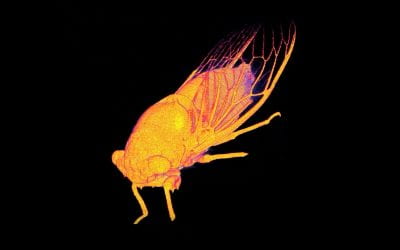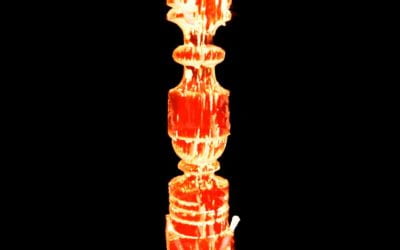X-Ray Vision(aries): MICRO Partners with NoCTURN
Computed tomography (CT) is like a magic lens, bringing the unseen into focus, and MICRO is proud to be part of the NSF-funded CT group NoCTURN, the Non-Clinical Tomography Users Research Network. Recently, MICRO has contributed to a NoCTURN initiative to highlight...
Introduction to diceCT
In this blog post, MICRO co-PI Dr. Paul Gignac shares some tips and tricks for diceCT staining natural history specimens, which allows for the visualization of soft-tissue structure in CT scans. What is diceCT? Pronounced daɪsˌsiˌti, the acronym stands for “diffusible...
Creepy Carnivores
This week we will be posting various scans from our Creepy Carnivores catalog to celebrate Halloween and the spooky season. This is a scan of a small Indian civet (Viverricula indica), from the American Museum of Natural History. If you can say Viverricula indica...
One of our researchers to give a talk
One of our researchers, Caitlin Yoakum! Should be a very informative and interesting talk. https://news.uark.edu/articles/50360/investigating-the-relationship-between-primate-diet-and-innervation-using-dicect
Pecan Weevil
Is there a coincidence that weevil has evil in it? MICRO Team member Lyndon Colvin was working in the lab thinking about lunch when an unwelcome visitor found his own lunch; Lyndon’s leg. After being mistaken for a pecan and having his leg drilled into by the visiting...
MICRO Instructions for Working with Image Stacks in FIJI (FIJI Is Just ImageJ)
Dr. Paul Gignac, an Associate Professor at the Department of Anatomy & Cell Biology at Oklahoma State University Center for Health Sciences in Tulsa, Oklahoma, created a list of instructions for working with image stacks in FIJI (FIJI Is Just ImageJ) with editing...
New MICRO Team Member
We would like to welcome Breanna Jones to the MICRO Team! Breanna is a senior student pursuing a major in Psychology with a minor in Biology at the University of Arkansas. She is a work-study student that will be assisting the lab with scans, social media, and a...
One of Our Researchers
A huge congrats to Woodrow Shew and Shree H Gautam! We’re looking forward to helping you with your research... ...
Cicada
I found a cicada on our loading dock and thought it would be something interesting to scan. It does not disappoint! You can see the dorso-longitudinal muscles (running from just behind the head to the beginning of the thorax) that contract for wing depression and the...
Porch Spindle Showing Lead-Based Paint
Mixing in a little history with this newish technology with this video. This spindle came from the porch of my great-great-grandparents, Robert and Martha Ann Blocker, located in Brandon, Texas. They moved there in the early-1900s from Carthage, Mississippi. My dad,...

